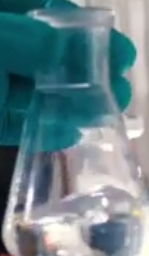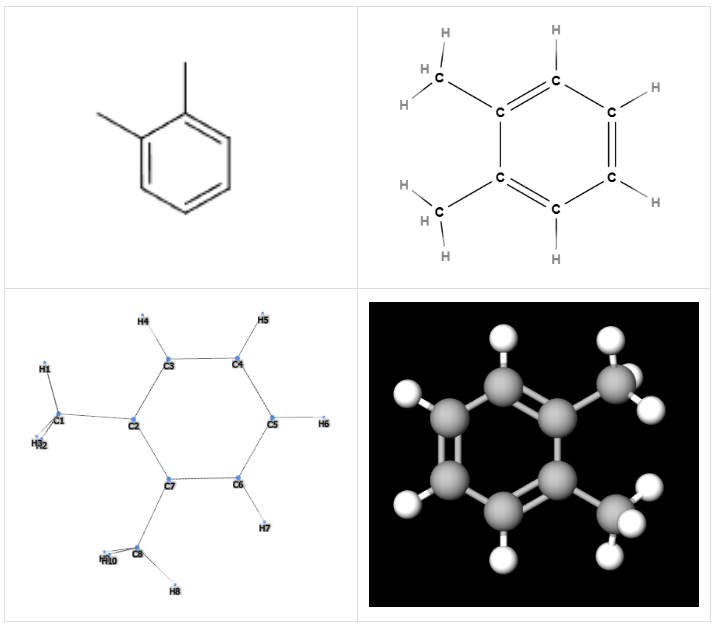1,2-dimethylbenzene or Dimethylbenzene is a chemical compound, an aromatic hydrocarbon that is more commonly known as Xylene. It is produced by the fractional distillation of petroleum by reactive techniques of dehydrogenation and cyclization.
The name defines the structure of the molecule:
- "dimethyl-" indicates the presence of two methyl groups (CH3) in the molecule.
- "-benzene" refers to the benzene ring, a six-carbon ring with alternating single and double bonds, which is a key structure in aromatic compounds.
There are three isomers of dimethylbenzene, known as ortho-xylene, meta-xylene and para-xylene, depending on the relative position of the two methyl groups on the benzene ring.
Industrial xylene production involves a process known as alkylation, in which an alkyl group (in this case, a methyl group) is added to a larger molecule (in this case, toluene or benzene). Simplified version of the process:
- Toluene or benzene is reacted with methanol in the presence of a catalyst. This reaction is known as methylation.
- Methylation of toluene or benzene leads to the formation of xylene.
It appears as a colourless liquid with a sweet smell, insoluble in water.

What it is used for and where
The most common application of Dimethylbenzene is as an additive in gasoline to increase its octane number and consequently its power. It can be found in aircraft fuel.
Medical
In the medical field, xylene is commonly used in histology and pathology labs as a clearing agent in tissue processing because it renders tissue transparent and allows for the infiltration of paraffin into tissue samples. It is also used in the preparation of tissue samples for microscopy.
Cosmetics
- Solvent. It is the substance for dissolving or dispersing surfactants, oils, dyes, flavourings, bactericidal preservatives in solution.In fact, it dissolves other components present in a cosmetic formulation. Solvents are generally liquid (aqueous and non-aqueous).
- Fragrance. It plays a decisive and important role in the formulation of cosmetic products as it provides the possibility of enhancing, masking or adding fragrance to the final product, increasing its marketability. It is able to create a perceptible pleasant odour, masking a bad smell. The consumer always expects to find a pleasant or distinctive scent in a cosmetic product.
- Perfuming. Unlike fragrance, which can also contain slightly less pleasant or characteristic odours, the term perfume indicates only very pleasant fragrances. Used for perfumes and aromatic raw materials.
It is used as a solvent in many sectors: paints, pharmaceuticals, chemicals, tissue processing

- Molecular formula C8H10
- Molecular weight 106.16 g/mol
- CAS 95-47-6
- UNII Z2474E14QP
- EC number 202-422-2
Synonyms:
- 1,2-dimethylbenzene
- 1.2-xylene
- 2-xylene
- o-xylene
- o-xylol
- ortho-xylene
- xylene


![]() 1,2-dimethylbenzene
1,2-dimethylbenzene